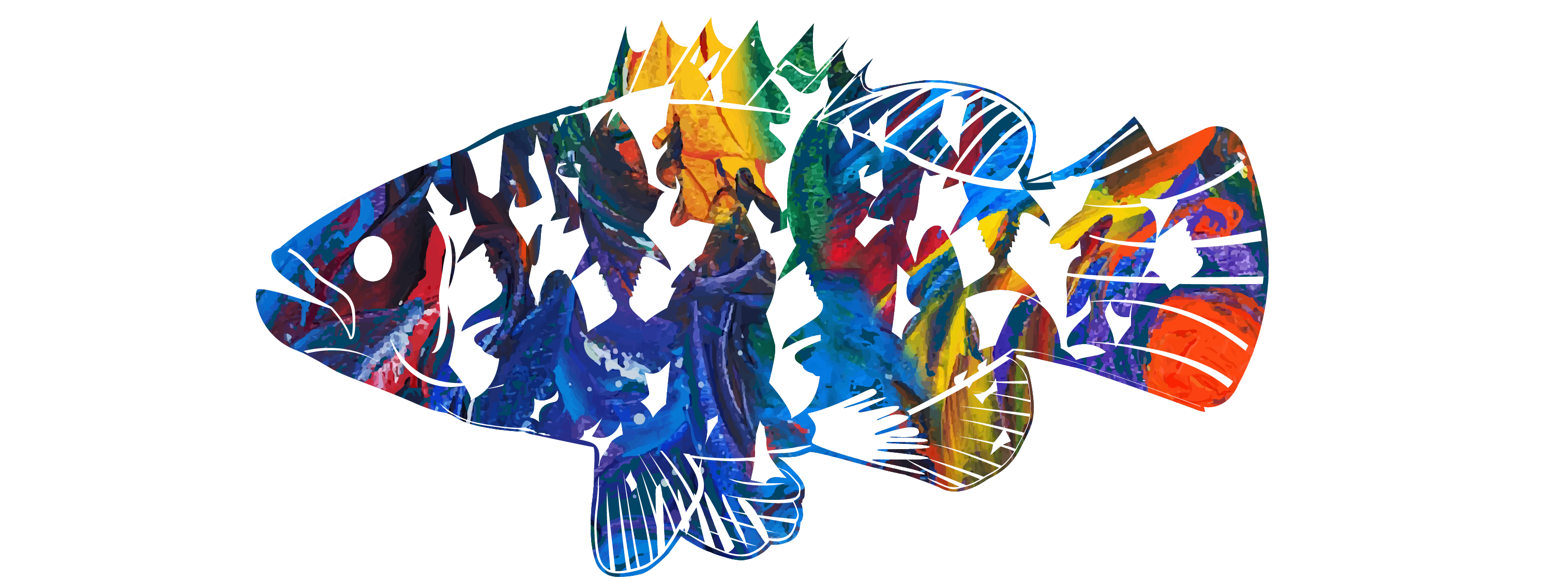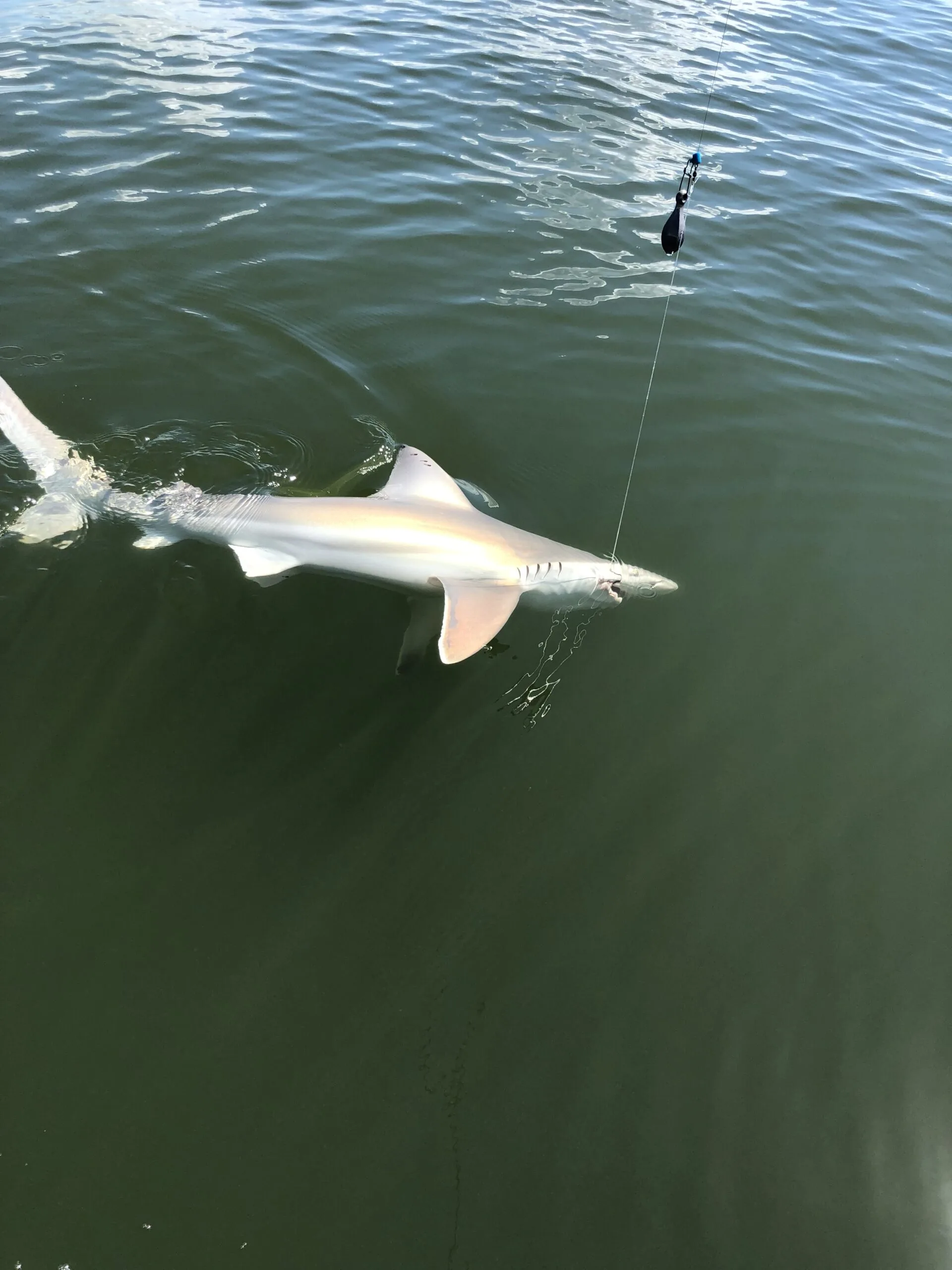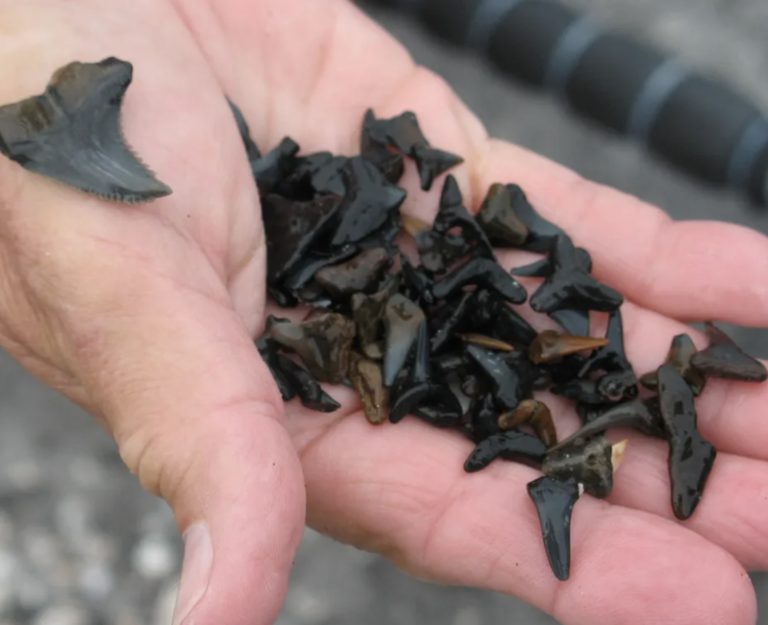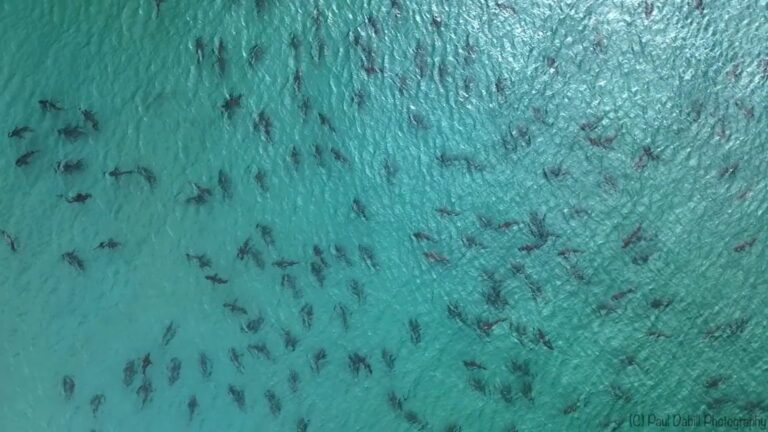Sunsets and Sharks in Clearwater Beach
Florida is a renowned location for beach-goers, swimmers, surfers, and scuba divers. However, the state is also known for being home to a wide variety of shark species. These include both small and large sharks, ranging from a few feet to more than 40 feet in length. Experts advise people to be wary of sharks that measure 6 feet or longer due to the damage they can inflict in a single bite. In this article, we will take a closer look at some of the most common shark species in Florida waters.
A blacktip shark is a popular sight in Florida waters. This shark species is a dark bluish-gray color and has a distinctive black tip on most of its fins, except for its anal fin. Although it is mainly a pelagic species, blacktip sharks often come inshore in large schools, particularly in association with Spanish mackerel. They are commonly found in clearwater cuts and along beaches in Florida and the Bahamas, especially when young. The blacktip is a valuable commercial species with marketable flesh, hide, fins, and liver. It is one of the most commonly collected sharks in the commercial fishery, but it is also fished for sport on light tackle and often leaps out of the water when hooked. The blacktip is thought to be the culprit in most “hit and run” attacks on humans, and it can grow up to 8 feet in length.
Spinner shark is another large and slender shark that is a common sight in Florida waters. This shark species is fast-swimming and often leaps “spinning” out of the water. It feeds primarily on fishes like sardines and herrings, but it also preys on small sharks and rays. The spinner shark is gray-bronze in color with a white belly, and it is often mistaken for the blacktip shark, but it can be distinguished by the dark tip on its anal fin. The spinner shark is commonly found in coastal waters and grows to an average length of about 6 feet.
Sandbar shark, also called the brown shark, is a nearshore predator and scavenger that is typically found at depths ranging from 60 to 200 feet. It feeds chiefly near the bottom on fish and shellfish and is known to migrate long distances. The sandbar shark matures at about 6 feet in length but can reach a maximum length of nearly 8 feet. It is brown or gray in color with a white underside and migrates south in schools to Florida waters during the winter. Some remain throughout the year. This shark species accounts for about 60 percent of the state’s commercial landings.
Blacknose shark is a small shark species that is commonly found in Florida bays and lagoons over sandy, shell, and coral bottoms. It has a very noticeable dusky smudge or “moustache” on the tip of its snout, which is more prominent when young. The blacknose shark feeds on small fishes, but it is often preyed upon by larger sharks. Its color ranges from a pale olive-gray above to whitish below, and its maximum length is about 5 feet. While commercially valuable, blacknose sharks pose little threat to humans.
Nurse shark is a rusty or yellow-brown colored shark that is one of the few sharks that can be found lying on the bottom. It sometimes hides under ledges and wrecks. Nurse sharks are recognized by fleshy appendages called barbels that hang below the nose and help detect prey. They can grow to 14
Scalloped hammerhead shark is predatory, feeding mainly on fish, squid, and stingrays. It has a distinctive flattened head extending to wide-set eyes and relatively small mouth. This species is typically found in warm, shallow coastal waters, and is known to form schools of hundreds of individuals. Scalloped hammerhead sharks are among the most targeted species for shark finning, which is an illegal and unsustainable practice.
Overall, it’s important to keep in mind that while shark attacks on humans are rare, they do occur, and it’s important to exercise caution when swimming or engaging in other water activities in areas known to have a large shark population. It’s also important to remember that sharks play an important role in the ocean ecosystem and should be protected from overfishing and other unsustainable practices.
In Florida, regulations are in place to manage shark populations and protect both the sharks and the people who enjoy the state’s waters. For example, many shark species are subject to catch limits, and it is illegal to harvest certain species, such as great white sharks, tiger sharks, and scalloped hammerhead sharks. Additionally, the state has established a shark research program to study shark populations and better understand their behavior and movements.
By taking these steps, Florida can help ensure that its diverse shark populations continue to thrive while also promoting safe and enjoyable experiences for those who enjoy its beaches and waters.




